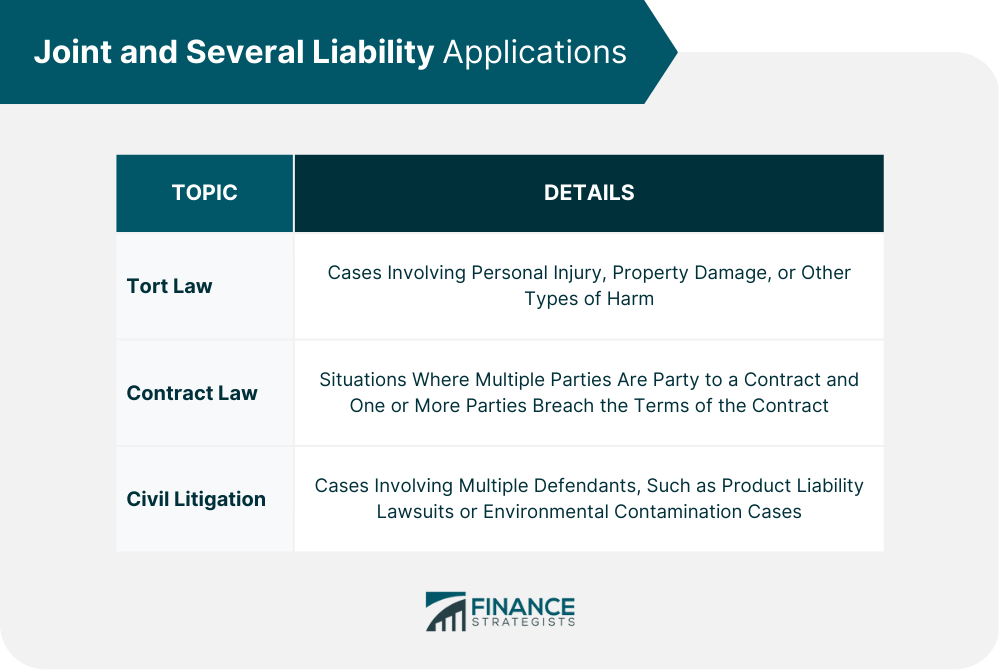
The Potential Impact of the Loper Bright and Relentless Cases on Environmental Law
B&D presents the 2024 Litigation Look Ahead series, featuring a compilation of recently decided or pending cases that could carry significant outcomes and ramifications for current and potential clients. In this first installment, our litigation team examines two U.S. Supreme Court cases that could jeopardize the longstanding Chevron deference granted to agency rulemakings.
The Chevron Deference Doctrine and Its Significance
The Supreme Court’s landmark decision in Chevron v. Natural Resources Defense Council established a legal test known as the “Chevron deference,” which outlines when and how courts must defer to a government agency’s interpretation of a law. This doctrine has guided administrative law for decades with the underlying notion that a government agency has specialized expertise in filling gaps in complex laws. The Chevron deference allows federal agencies to interpret highly technical statutes and to receive deference in court challenges to agency rulemakings.
The Loper Bright and Relentless Cases
Loper Bright Enterprises, et al. v. Raimondo and Relentless, Inc. v. U.S. Dep’t of Commerce are two U.S. Supreme Court cases that call into question 40 years of precedent related to judicial deference granted to agency rulemakings. In these cases, petitioners are challenging a provision of the Magnuson-Stevens Act, a law that promotes sustainable fisheries and aquatic conservation. The law requires commercial fishing vessels to carry onboard observers who monitor fishermen’s catch. The National Marine Fisheries Service, a federal agency, interpreted the law to require fishermen to pay for the observers. Petitioners argue that the decision in Chevron represents an unjustifiable transfer of ultimate interpretive authority to the executive branch and that it should be overruled. The Supreme Court is expected to make a landmark decision regarding Chevron’s application to the environmental regulatory process in these cases, thereby altering the landscape for regulated industries.
The Potential Implications of the Loper Bright and Relentless Cases
If the Supreme Court overturns or significantly modifies Chevron, it could directly impact regulated industries. Without the Chevron deference, challenges to federal regulatory actions could increase. The regulated industries might bring and win more challenges to federal rulemakings, potentially to their benefit and potentially to the detriment of regulatory stability and legal certainty. Businesses could prefer more certainty on some issues than the agency regulatory process offers, but that could be difficult to accomplish through legislation in a closely divided Congress. Though agencies would no longer be entitled to the same level of deference if Chevron is overturned, there is a wide range of potential tests that could be implemented.
The Future of Chevron Deference
Chevron is one of the most widely cited Supreme Court cases and has been crucial to environmental law for the past four decades, particularly with respect to federal statutes such as the Clean Air Act and Clean Water Act. If Chevron is overruled or substantially modified, it could have profound implications on environmental jurisprudence for years to come. The Court has not found statutes ambiguous recently, suggesting that the practical impact of overturning Chevron would be lessened. It would put less pressure on the judicial system to resolve policy issues that the Court would instead defer to the regulatory process. The Court’s decision in the Loper Bright and Relentless cases is anxiously awaited by stakeholders and government regulators in the environmental sphere.
The Significance of the Litigation Look Ahead Series
Other noteworthy topics featured in upcoming installments of the 2024 Litigation Look Ahead series will examine the “major questions doctrine” and the scope of regulatory authority, the constitutionality of appointed administrative law judges, the judicial review process of Administrative Procedure Act actions, Fifth Amendment takings, the Commerce Clause, the Comprehensive Environmental Response, Compensation, and Liability Act (CERCLA), and natural resource law. The Court’s decisions in these cases – even those not directly related to environmental law – will impact daily operations and overall strategies across various industry sectors, municipalities, and regulatory agencies.
Conclusion
The Supreme Court’s decision in the Loper Bright and Relentless cases carries far-reaching implications for stakeholders and government regulators in the environmental sphere. The Court’s decision to overrule Chevron or limit judicial deference to agency rulemakings could create significant shifts in the regulatory process, impacting regulated industries and legal certainty. The decision in these cases will profoundly impact environmental jurisprudence for years to come and must be closely watched by interested stakeholders.
Originally Post From https://www.natlawreview.com/article/2024-litigation-look-ahead-40-years-chevron-deference-administrative-law-precedent
Read more about this topic at
Chevron Deference CHALLENGED in two cases before …
The National Agricultural Law Center’s Post

